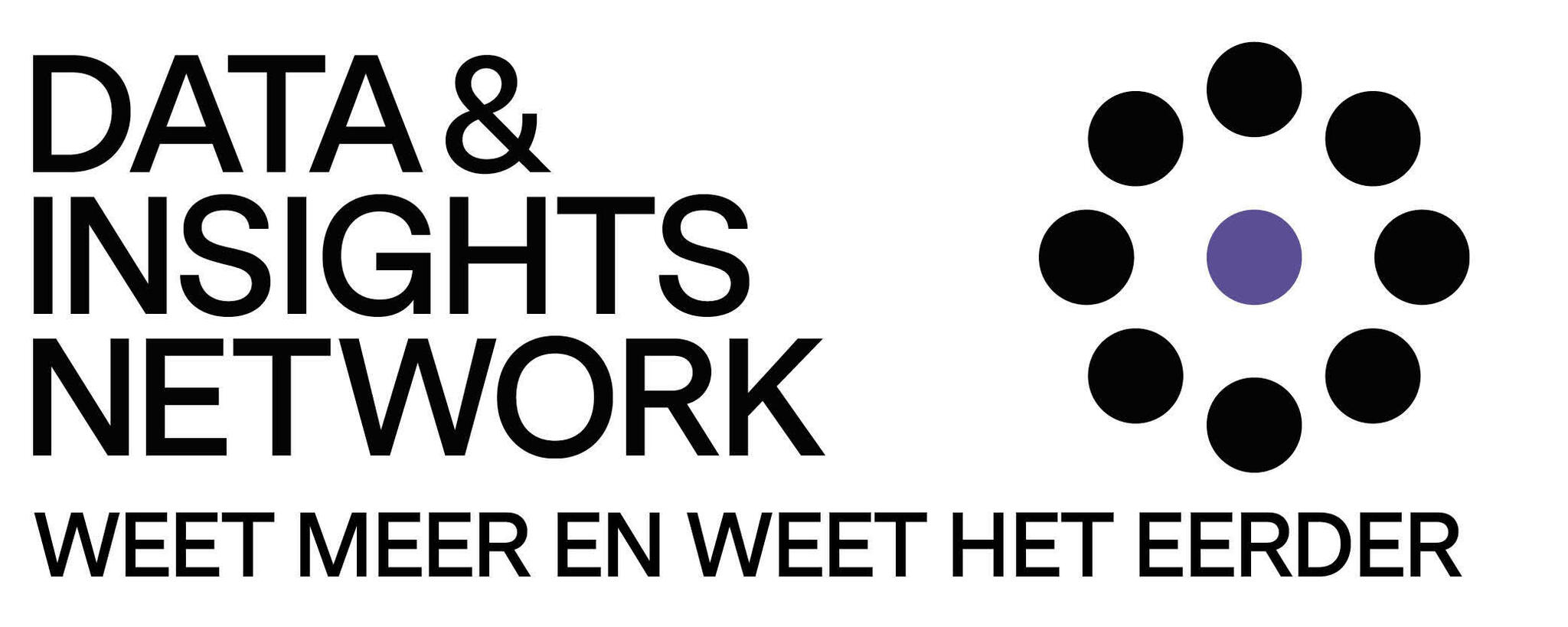How social media draw shoppers together into a cognitive ‘force majeure.’
June 23, 2017 10:00 AM
Most of us think about the technology we use and our brains as being independent from each other. We don’t necessarily see the digital devices in our hands and our brains as part of a connected, functional unit that extends out across the world via the Internet. Brains and bytes are part of a system of interacting, communicating, imagining, creating, and learning that all work together. The relationship between the brain and the environments we inhabit is truly collaborative in the making of experience. The experiences we have in the world around us shapes our brain and, in turn, the brain shapes our experience of the world. While for millennia we have relied on our direct embodied interactions with others to provide context and meaning to our lives, we increasingly find many of our experiences augmented by our connection to digital media.
The shared perception of a brand or retailer does not start at a single moment in time when all members of the network simultaneously become sentient, David Kepron (Mariott Hotels) argues. It starts with the individual shopper, who, in turn, reaches out across the digitally enabled global retailing landscape to influence others. Minds connect, emotions are shared, relationships are fostered and loyal customers are born. In a shopping paradigm where customers’ minds are connected across a global social network, experiences that don’t meet with a shopper’s needs or expectations produce a shift in the matrix, creating brand detractors more than return customers. The sentiment of a disaffected shopper can be sent cascading through the network of digitally connected shoppers, resulting in a mind-storm of negative consequences.
Audience take-aways:
- How the digital media shapes the shopper's expectations and ultimately, shopper's experiences
- Understanding the shift from real-life experiences to virtual experiences
- How shared perceptions are formed and what to do about it




.jpg)






